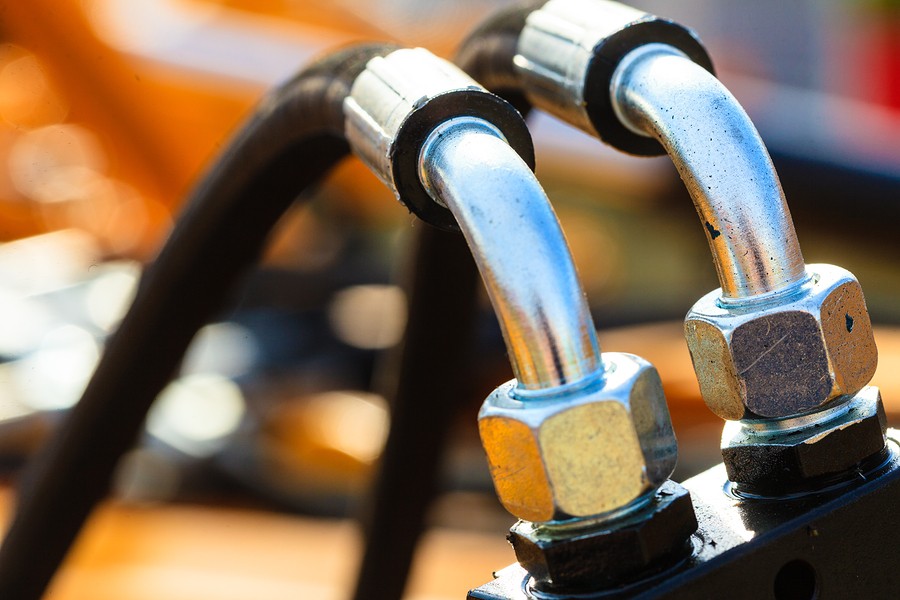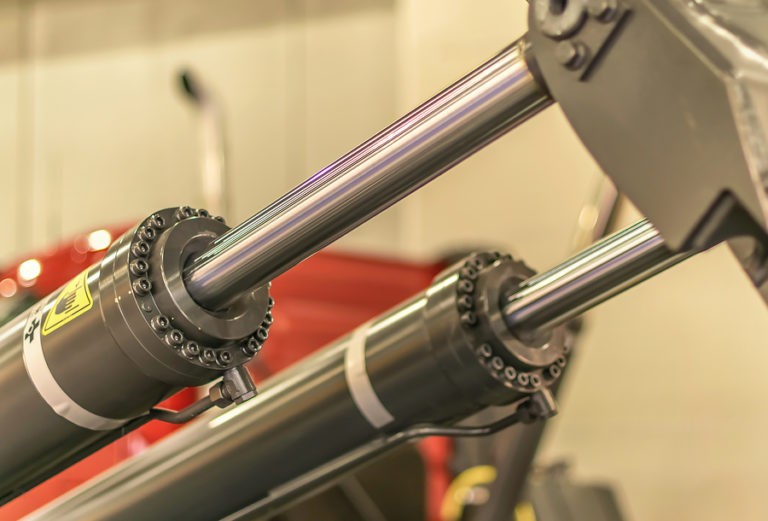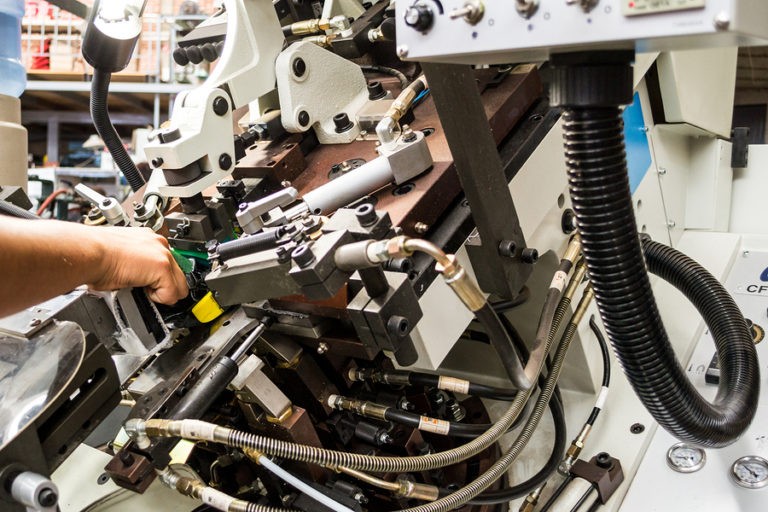Technology Advances: Hydraulics and Pneumatics in the 21st Century

What’s the difference between hydraulic and pneumatic manufacturing? How has manufacturing technology advanced in recent years? Why were hydraulics and pneumatics ready for an update? Read on to get a bit of an update yourself.
Pneumatics
In the early days, pneumatic devices were used for factory machines, cow-milking machines, transport tubes, pipe organs, player pianos, and other work areas. The positive characteristics of pneumatic power include:
- Compressed gas power
- Medium power and high speed
- Soft action or cushioning
- Lightweight and compact design
- Less chance for sparks or explosions
By 2013, the buzzword was “Industry 4.0″ or the fourth Industrial Revolution. The coming years would be filled with “smart factories”: machines that could seamlessly communicate not only with one another but also with humans. Another term that popped up in the last decade was the Internet of Things (IoT). This would reduce time spent gathering data and eliminate inefficiencies throughout the manufacturing chain.
Although the change has been slow, modern pneumatic systems improve levels of intelligence, particularly with increased Programmable Logic Controller (PLC) use. One manufacturer has created what the “Voice of the Machine.” The installation of this model into products allows manufacturing devices to transmit data to an IoT gateway, consolidate it, and then forward it to users.

Hydraulics
In 1795, Joseph Bramah patented the hydraulic press. In the 19th century, William George Armstrong pioneered the first hydropower scheme. In today’s world, the latest hydraulic systems include smart user interfaces, load-sensing valves, and hybrid actuation systems for renewable energy applications. Other new hydraulic technologies include:
- Liquid power transmission
- Mobile diagnostic tools
- Simplified hose selection
- Thermoplastic components
- Electrohydraulic control
Repairs
At Global Electronic Services, we know that industrial hydraulic and pneumatic equipment as well as maintenance are considerably different than they used to be. Our customers know our technicians are OEM trained and certified. We take repairs very seriously because we know your equipment is a crucial part of your projects and needs to be back on-site in working condition as soon as possible.
We perform repairs quickly and efficiently while maintaining our focus on detail and thorough testing. Our ability to repair almost all equipment models from nearly every hydraulic and pneumatic manufacturer of makes us unique within our field.
GES repair professionals boast state-of-the-art testing through the use of on-site tools and parts to perform rebuilds. Our hydraulic and pneumatic maintenance includes:
 Disassembly
Disassembly- Cleaning and inspection
- Full electronic testing and repair
- Removal of scoring from shafts and pistons
- Contamination cleaning
- Cylinder and shaft review and repair
- Checking for fitting tolerance
- Resurfacing all contact points
- Replacing bearings and seals
Every adjustment includes:
- Pressure tolerance check
- Specification checks from 10,000 psi
- Specification checks to 150 GPM flow
These days, it’s nice to know professionals who make it their business to keep up with new technology and every type of industrial equipment.
We appreciate our customers and offer an 18-month in-service warranty and 24/7 customer support. You can rest easy knowing the professionals at Global Electronic Services will deliver the most exceptional repairs available. Contact us for all your industrial electronic, servo motor, AC and DC motor, hydraulic, and pneumatic needs — and don’t forget to like and follow us on Facebook!
